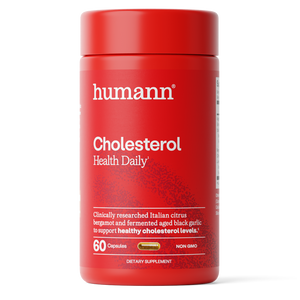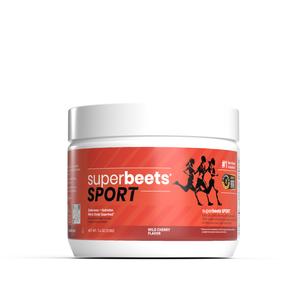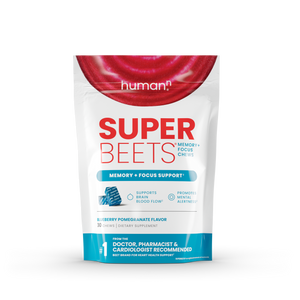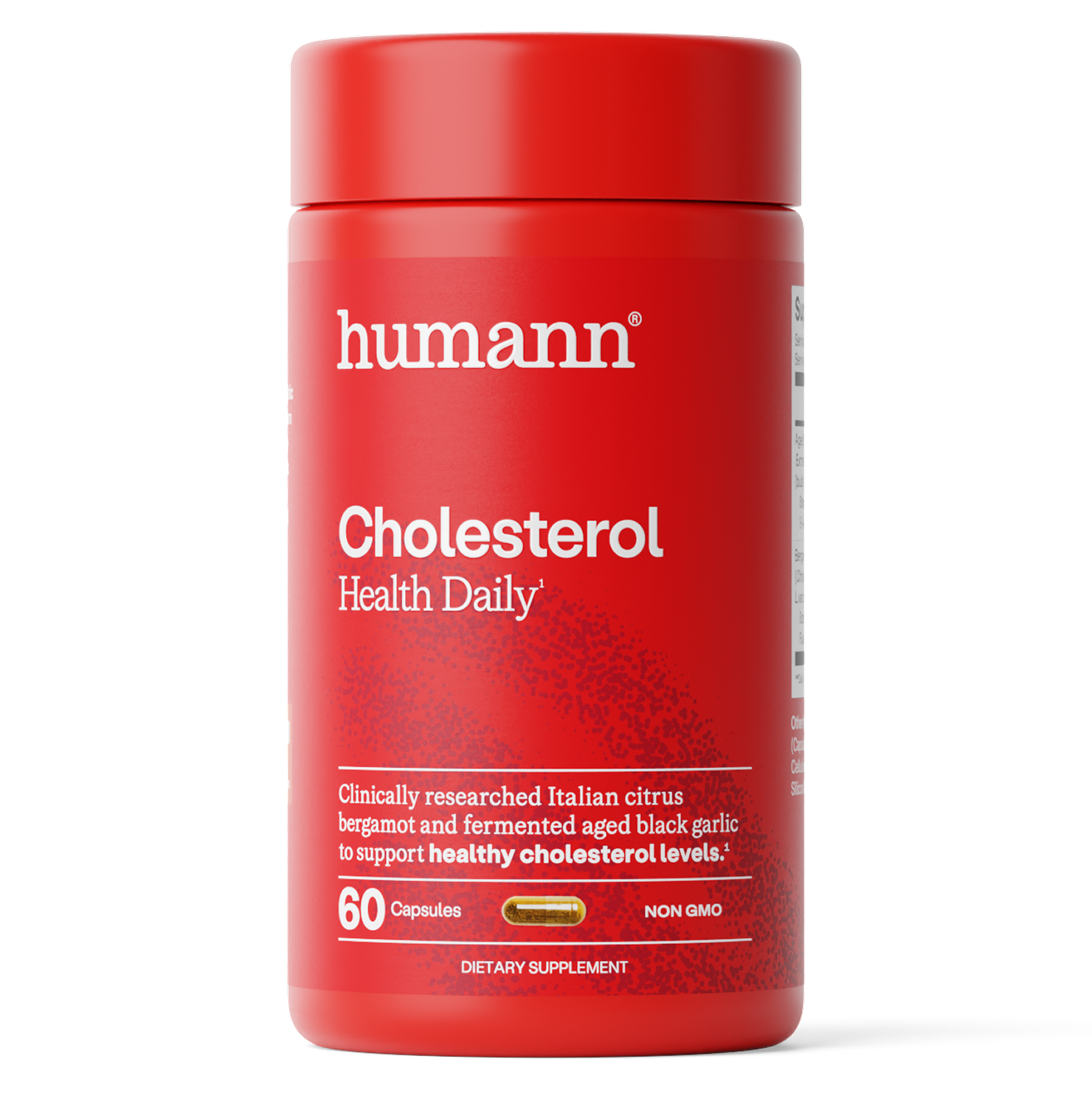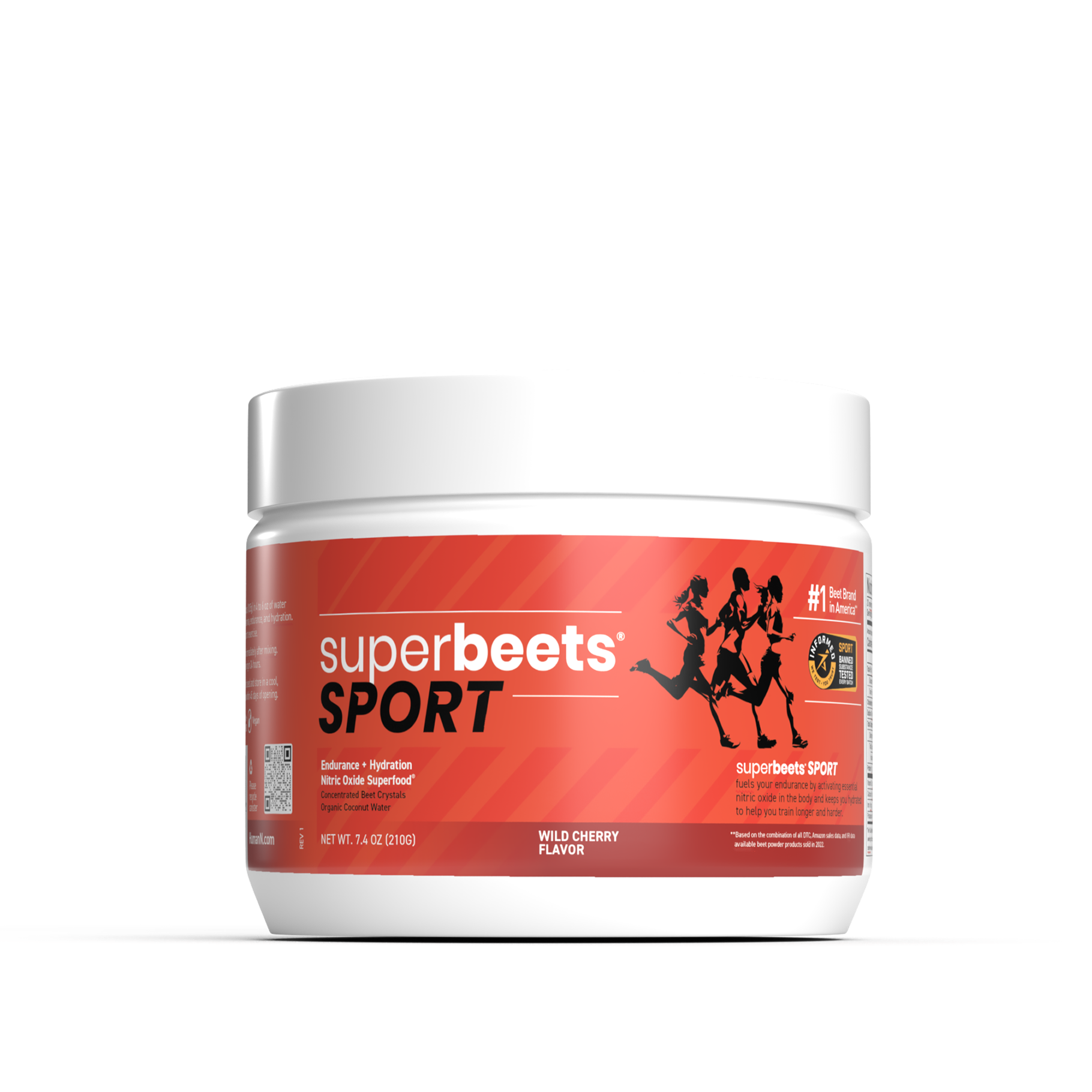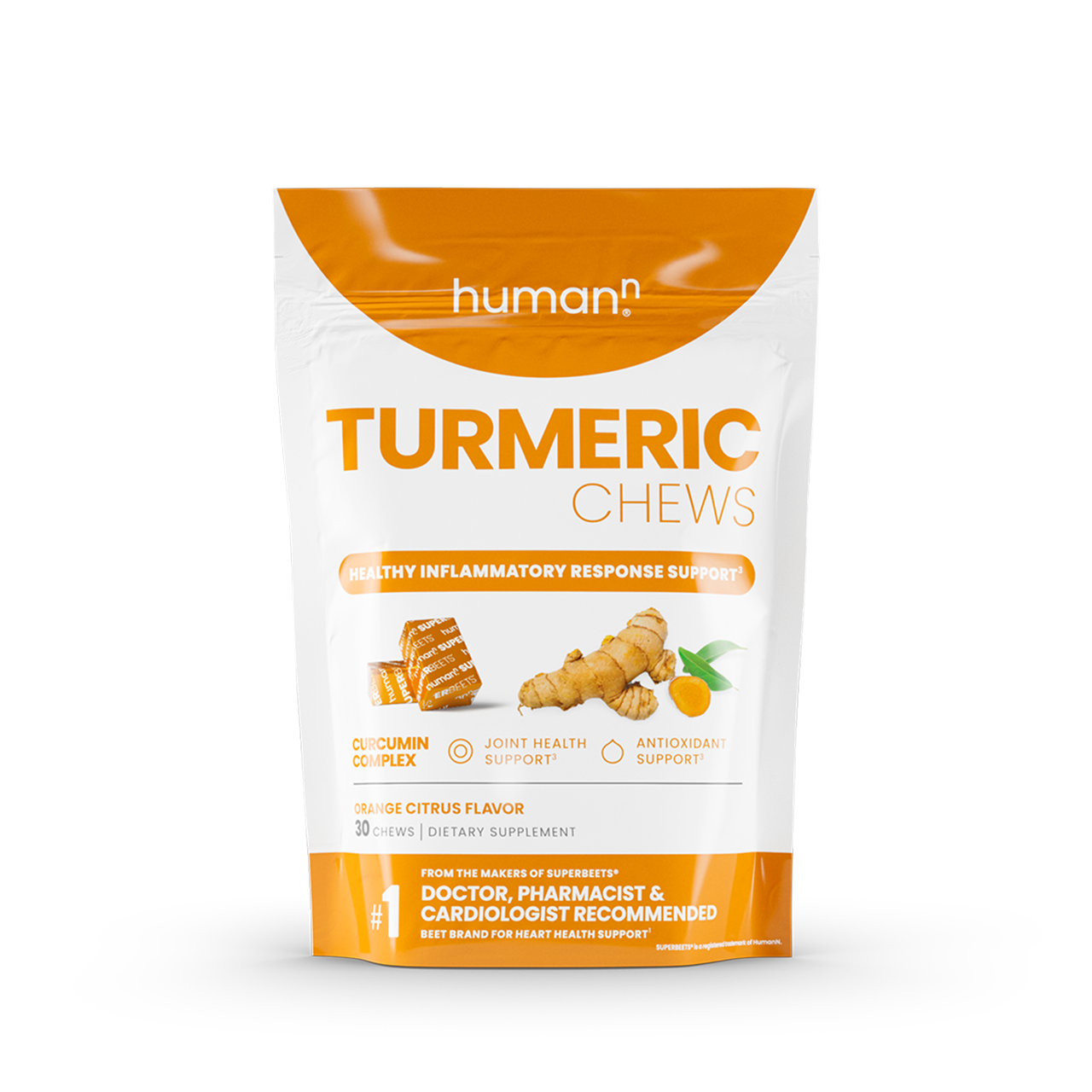See how the most decorated athlete in World’s Toughest Mudder history, Ryan Atkins, prepares for the most grueling 24 hour obstacle race in hopes of hitting the coveted 100 miles and winning 100,000 dollars!
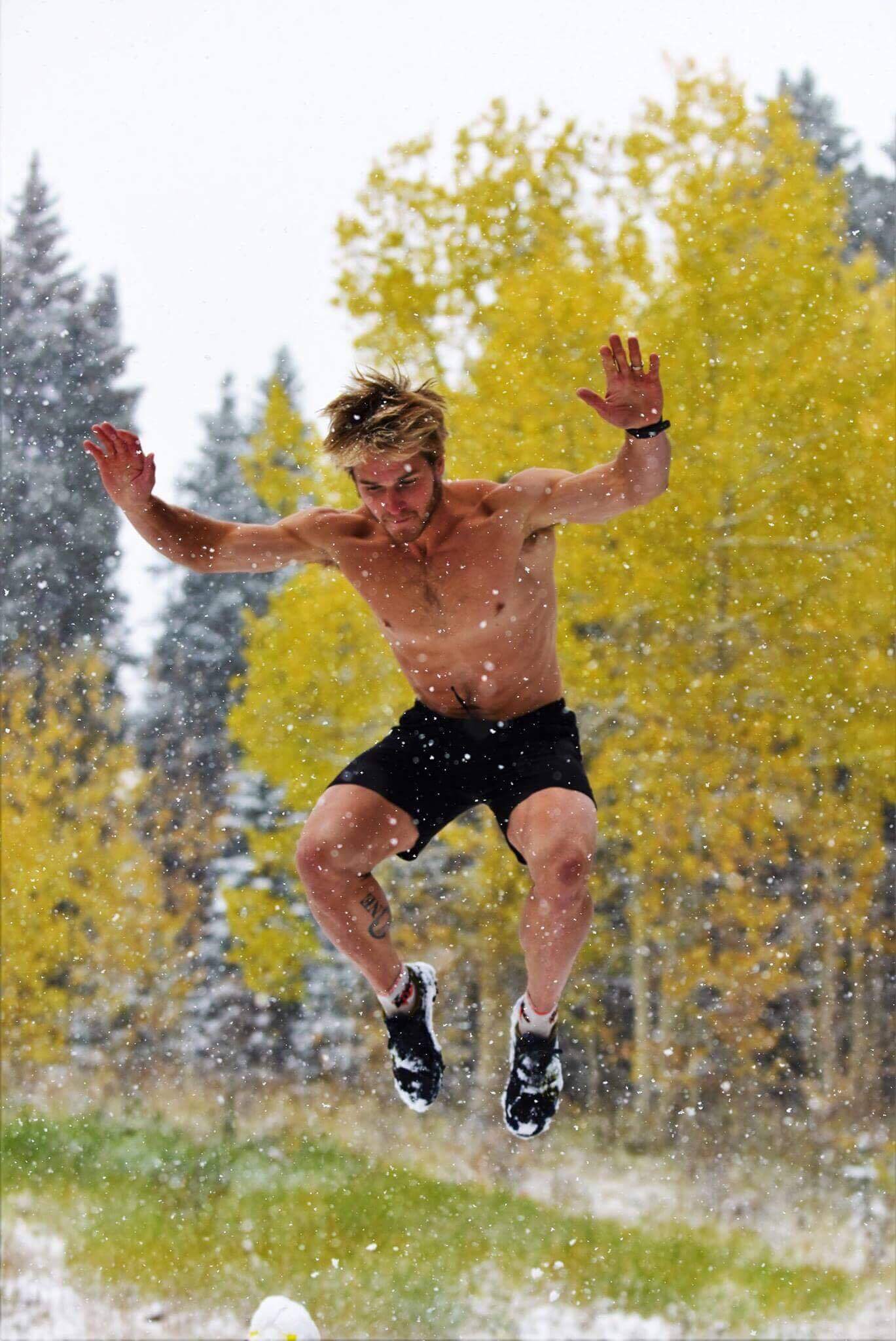 Photo Credit – Jim Campbell
Photo Credit – Jim Campbell
The task seems almost inconceivable: Run an obstacle course for 24 hours straight. It makes an Spartan Ultra Beast seem like child’s play. A marathon seem like a warm up. An ironman seem like a morning stroll. So just how does one go about preparing for this race? Well, since I’ve won the individual title twice and the team race once, I thought I might chime in.
I will start from the ground-up. I’ll go through gear and conditioning for each part of your body.
Feet: I’ve always found good success by wearing a shoe that’s a 1/2 size bigger than usual. Go for a model that doesn’t have any mesh or breathability. I then slather my feet with anti-friction cream, put on a thin compression sock and a 1mm neoprene sock. Put this all into the shoe, hopefully with a gaiter as well.
Don’t change your shoes unless they are really bothering you. You’ll be uncomfortable; deal with it.
Legs: I like to wear compression tights. I’ve had great luck with Athletics8 brand tights. Then I can put my wetsuit easily on over top. To prepare my legs for all the running, I practice lots of downhill trails and running in thick, muddy conditions. Training: A few key training sessions which last 3-8 hours are great. Just try to get out and move for that long, don’t think about splits or speed. Find hills, puddles and anything else to make it tough.
Arms: Wetsuit at night will keep them covered during the race because they will get cold. Training: To make sure they are up to the task of WTM, do loads of pull-ups and muscle ups. Your shoulders and grip strength will likely fail at some point, so train them hard, to offset this eventual undoing as much as possible.
Torso: I wear a thin t-shirt baselayer. I’ve always used the Arcteryx “phase sl” shirt. Then I put on a full body 3mm, wetsuit over top. This makes the relentless dips into water more tolerable. You don’t need to spend a lot on the wetsuit. I’ve used a cheap $100 wetsuit for the first two years, and it was great. (this year Ryan is rocking a HUUB SwimRun)
Train your core by doing lots of planks (side and front), back extensions, kettle bell swings and mountain climbers.
Hands: I use a thin 1mm neoprene glove, but I’ve always brought additional gloves in case I need to switch out during the race. Training: Focus on your grip strength by doing dead hangs and rock climbing a few times per week.
Head: Get a wetsuit hood (PRO TIP). This way you can keep your head, face and ears warm during the night. I bring several “toques” (that’s Canadian for “beanie”) as well. Top your noggin off with a sweet light. I recommend something over 150 lumens and somewhat waterproof. Bring 2, in case your main light breaks. I’ll be using a Petzl caving light (“Ultra Vario”) this year.
Stomach: Try to eat foods that don’t upset your stomach. Experiment with this during your training. You’ll want a wide variety for hours 10-18, since you will likely start craving unusual foods. Think pizza, canned fruit, oatmeal, chocolate, salty chips etc. Taking BeetElite is another great tool for this event, since it makes the movement of blood a easier on your body. You’ll be running for 24 hours and moving A LOT of blood.
I hope that some of these tips will help you through your event. I’ll see you in the desert, or on the strip after the race! – Ryan

